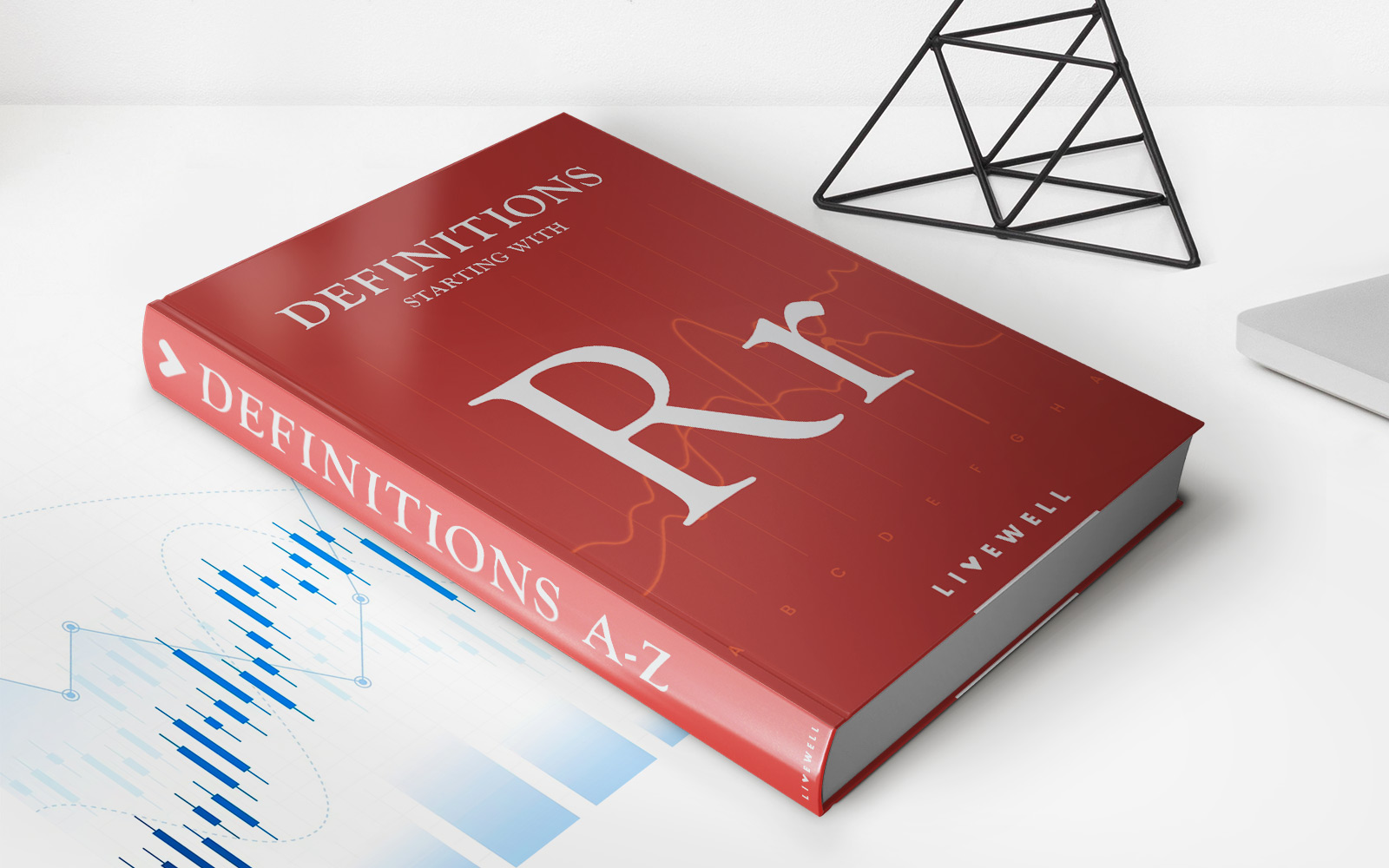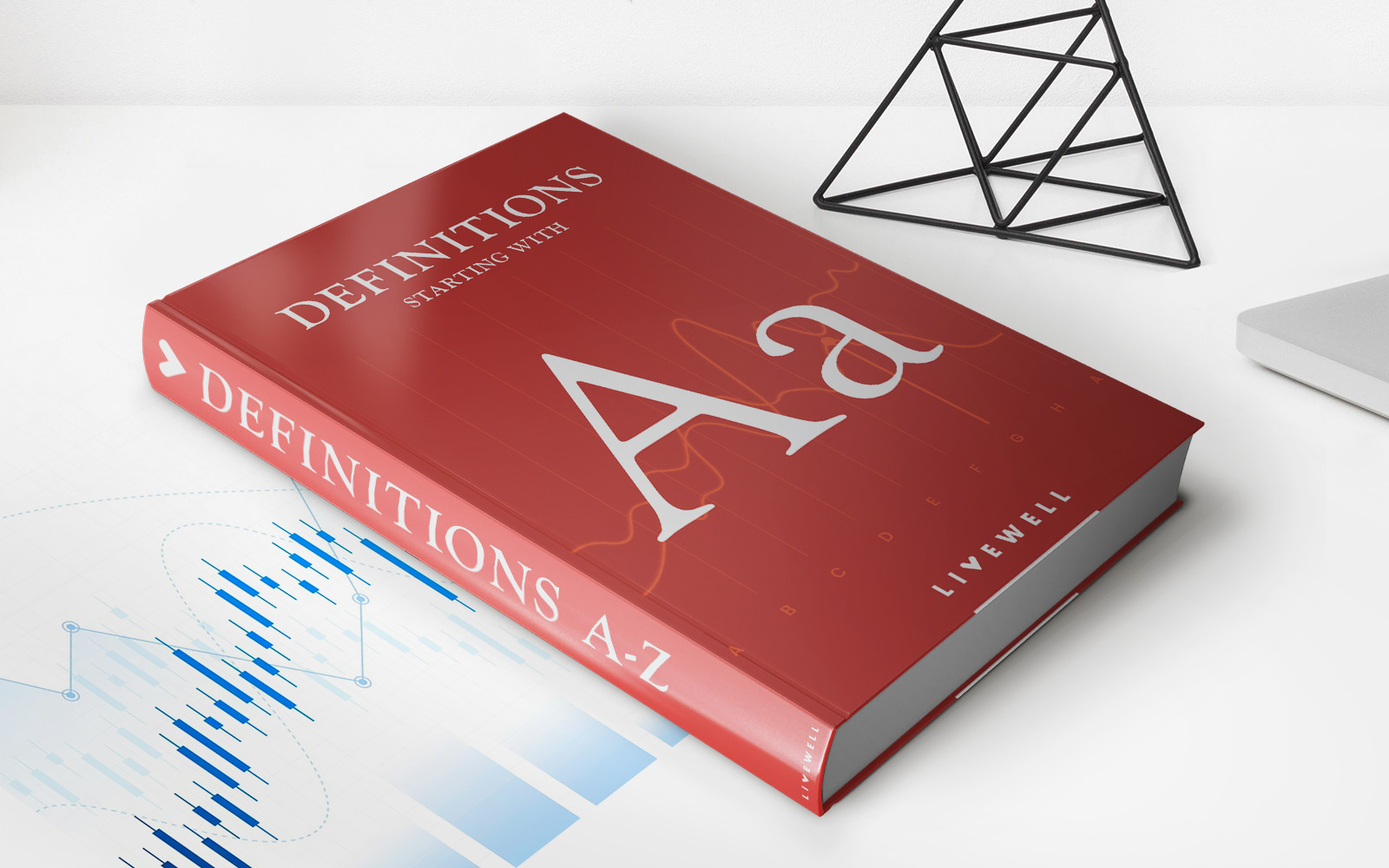Home>Finance>Basel II: Definition, Purpose, Regulatory Reforms


Finance
Basel II: Definition, Purpose, Regulatory Reforms
Published: October 14, 2023
Learn about Basel II in finance, its definition, purpose, and regulatory reforms. Stay up-to-date with the latest changes in the financial industry.
(Many of the links in this article redirect to a specific reviewed product. Your purchase of these products through affiliate links helps to generate commission for LiveWell, at no extra cost. Learn more)
The Basics of Basel II: Definition, Purpose, and Regulatory Reforms
Welcome to our “Finance” category, where we explore various topics related to the world of finance. In this blog post, we will delve into the intriguing world of Basel II – a regulatory framework for banks that has played a significant role in shaping the global financial system. If you’ve ever wondered about the definition, purpose, and key regulatory reforms of Basel II, you’ve come to the right place. Let’s dive right in!
Key Takeaways:
- Basel II is an internationally agreed set of regulations developed by the Basel Committee on Banking Supervision (BCBS).
- Its purpose is to promote the stability of the global financial system by establishing minimum capital requirements and enhancing risk management practices for banks.
What is Basel II?
Basel II is the successor to Basel I, the initial international regulatory framework established in 1988. The Basel Committee on Banking Supervision (BCBS) developed both frameworks to address concerns related to the stability and soundness of the banking system.
The term “Basel” refers to the Swiss city where the BCBS is located and where the committee’s meetings take place. Basel II, which came into effect in 2008, represents a substantial revision of the original framework. Its primary objective is to align capital requirements more closely with the risk profile of individual banks and improve risk management practices within the banking industry.
Purpose of Basel II
Basel II was implemented to enhance the risk management capabilities of banks and strengthen the stability of the global financial system. It introduced three pillars that serve as the foundation of the framework:
- Minimum Capital Requirements: Basel II provides a method for calculating capital adequacy requirements for banks based on their credit risk, operational risk, and market risk exposures. By properly quantifying these risks and determining the appropriate capital levels to cover them, the framework aims to ensure that banks are adequately capitalized to withstand unexpected losses.
- Supervisory Review Process: This pillar emphasizes the importance of ongoing supervision and assessment by regulatory authorities. It encourages banks to establish robust internal procedures for monitoring and managing risks effectively. Regulators are responsible for conducting periodic reviews to ensure banks comply with the framework’s requirements and maintain sound risk management practices.
- Market Discipline: Basel II recognizes the importance of transparency and disclosure in promoting market discipline. It encourages banks to provide accurate and timely information about their risk profile, financial condition, and performance to market participants and stakeholders.
Regulatory Reforms under Basel II
While the implementation of Basel II significantly improved risk management practices in the banking industry, it also highlighted the need for further regulatory reforms. The financial crisis of 2008 exposed certain weaknesses in the framework, leading to the development of subsequent revisions such as Basel III.
Basel III, introduced in response to the crisis, encompasses additional capital requirements, liquidity standards, and leverage ratios to strengthen the resilience of the banking system. It aims to address weaknesses in risk measurement and management highlighted during the global financial crisis.
Since its inception, Basel II has undergone various revisions and refinements to address emerging risks and changing market conditions. The ongoing development of global regulatory standards continues to shape the banking industry, promoting stability and resilience in the face of inherent risks.
As we conclude our exploration of Basel II, we hope this blog post has provided you with valuable insights into the definition, purpose, and regulatory reforms of this influential regulatory framework. Stay tuned for more informative posts in our “Finance” category!














